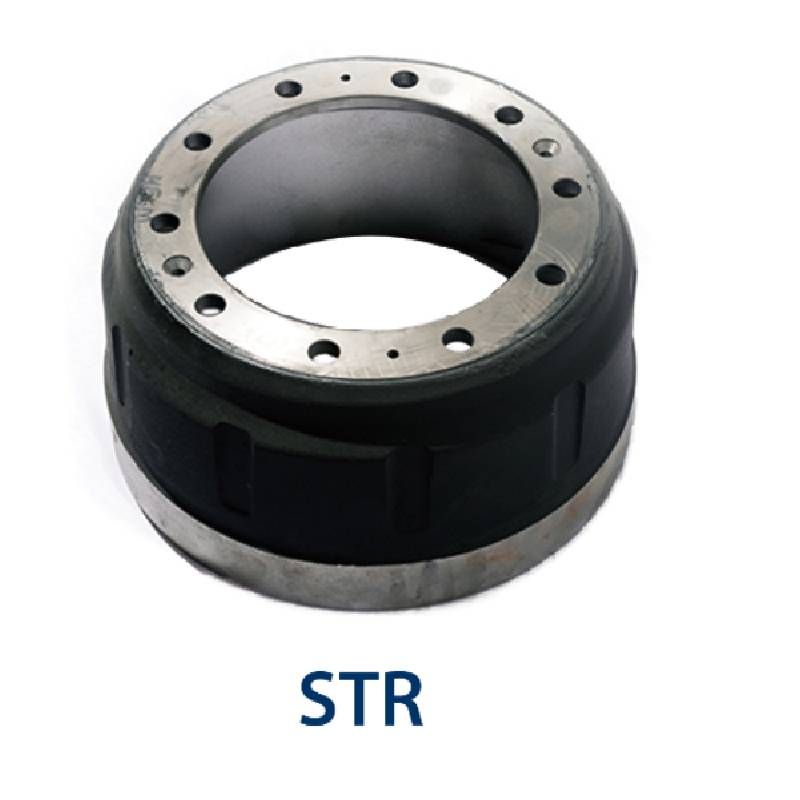Sep . 15, 2024 09:49 Back to list
how to get rid of rust on brake drums
How to Get Rid of Rust on Brake Drums
Rust on brake drums is a common issue that can compromise the safety and effectiveness of your vehicle's braking system. Brake drums are crucial components that help in the amplification of braking force, and any corrosion can lead to issues like decreased performance and increased stopping distances. Fortunately, you can effectively tackle rust on brake drums with some careful steps and proper techniques.
Understanding the Causes of Rust
Before diving into the solution, it's essential to comprehend why rust forms. Brake drums can accumulate moisture, dirt, and road salt over time, especially if the vehicle is parked in humid or rainy conditions. The combination of these elements leads to the formation of rust, which can eat away at the metal if not treated promptly.
Step-by-Step Guide to Remove Rust
1. Gather Your Tools You will need several tools and materials to get started a wire brush, sandpaper (preferably 120-grit and finer), rust remover or penetrating oil, clean cloths, and safety gear such as gloves and goggles.
2. Safety First Always prioritize safety. Make sure your vehicle is parked on a level surface, and activate the parking brake. Wear gloves and goggles to protect yourself from debris and chemicals.
3. Remove the Brake Drum If the rust is severe, it may be necessary to remove the brake drum from the vehicle. Consult your vehicle’s manual for specific instructions on how to do this safely. Typically, you'll need to remove the wheel, and then unscrew the fasteners that hold the drum in place.
how to get rid of rust on brake drums

4. Inspect the Brake Drum Once the drum is removed, inspect it for signs of severe corrosion or wear. Light surface rust can be managed with cleaning, while deeper corrosion might require replacement.
5. Clean the Surface Using a wire brush, scrub the rusty areas to remove loose rust particles. After this, use sandpaper to smooth out any remaining roughness. Be thorough but gentle, as you want to preserve the integrity of the drum.
6. Apply Rust Remover For stubborn rust spots, apply a rust remover or penetrating oil as per the manufacturer’s instructions. Allow it to penetrate for the recommended amount of time before wiping it dry with a clean cloth.
7. Reassemble and Test Once the drum is clean and rust-free, reassemble it onto the vehicle. Make sure all screws and components are securely fastened. It’s wise to test the brakes in a safe environment before hitting the road.
8. Prevent Future Rust To prevent further rust development, consider applying a protective coating or paint designed for metal protection. Regular cleaning and inspection can help catch any problems early.
Conclusion
Getting rid of rust on brake drums is essential for maintaining vehicle safety and performance. By following these steps, you can ensure that your braking system remains efficient and secure. Regular maintenance can prevent rust from becoming a recurring issue, ultimately extending the lifespan of your vehicle's braking components.
-
Explore Japan: Ultimate Travel Guide & Authentic Experiences
NewsAug.19,2025
-
Your Brake Drum Man: Premium & Reliable Brake Drums for Sale
NewsAug.18,2025
-
ROR Web Development: Build Fast, Scalable, Secure Apps
NewsAug.17,2025
-
Scania Brake Drums: OEM Quality for Optimal Safety & Durability
NewsAug.16,2025
-
R.V.I: Advanced Remote Visual Inspection for Precision
NewsAug.15,2025
-
Discover HYUNDA: Innovative Vehicles, Equipment & Solutions
NewsAug.14,2025
